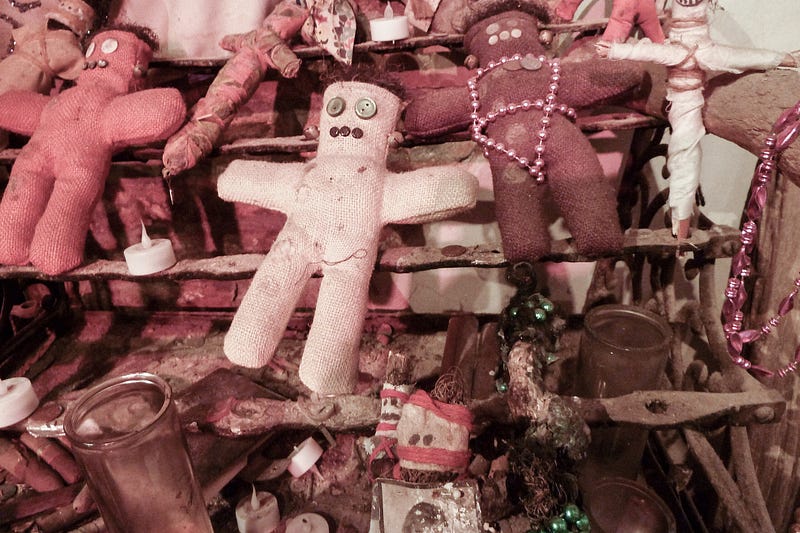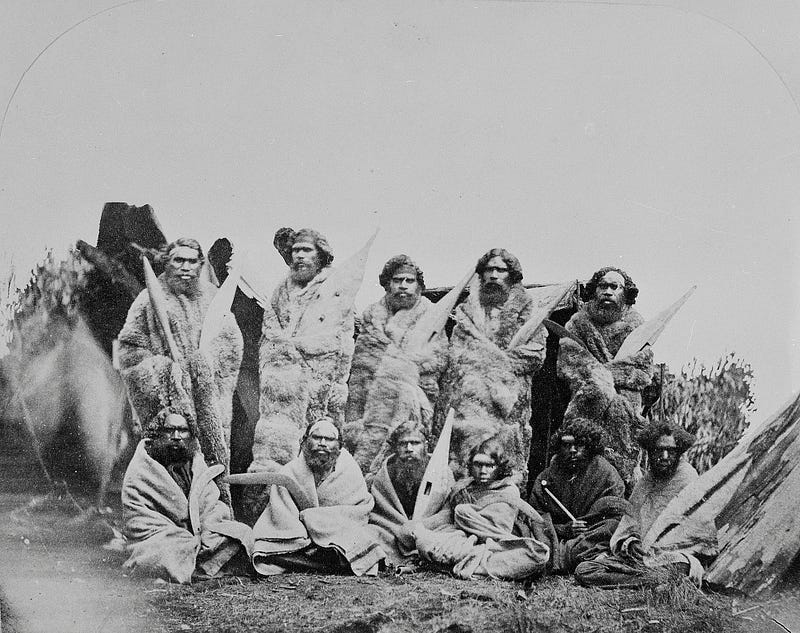Death by voodoo, or how one can die from sheer fear of a curse. Science knows such cases.
The feeling of threat can kill us. This is evidenced by examples collected a hundred years ago among traditional living tribes, as well as contemporary ones from highly developed countries. Death by voodoo is not a myth.

Haitians believe that local shamans have means, so-called “zombie powder”, with which they can turn a person into a “living dead”, a mindless slave. Is it true? It turns out that just the fear of zombification is dangerous for the human body. Self-fulfilling prophecies have their own truth.
How does a curse cast by a shaman work?
The husband of the religious studies specialist, Prof. Elizabeth McAlister, recalled that when he was young, walking with his friends along a rural road in Haiti, they passed a freshly buried man from their village accompanied by two men chasing him. Soon after, his friends fell ill, got a high fever, lasting for several days. They were convinced that it was the result of poisons spread by witches, passing by with the living dead.
Was it really like that? Or maybe the power of suggestion worked on the boys? They convinced themselves that they were dealing with zombies and witches, and such an adventure is never safe. They stressed out, and their bodies started to malfunction.

Aboriginal black magic
Does science allow for such a possibility? Indeed. Such strong autosuggestion associated with curses was observed elsewhere — in Australia, among the Aboriginals. It was enough for a shaman (kurdaitcha) to point at an offender with a bone or an arrow, uttering a special incantation, and the “marked” person indeed began to rapidly deteriorate in health. He believes that only another sorcerer can remove the curse from him. If he doesn’t find one, he dies.
“He stands dazed, with his eyes fixed on the treacherous arrow and with raised hands, as if warding off the deadly medium, which — as he imagines — enters his body. His cheeks turn pale, his eyes become glassy, and his whole face contorts horribly (…), he tries to scream, but his voice usually sticks in his throat and one can only see foam on his lips. His whole body starts trembling, and his muscles contract against his will. He leans forward and falls to the ground, seeming to faint, but soon after writhes as if in mortal agony and covering his face with his hands, begins to moan. After a while, he becomes more composed and crawls to his hut.”
“Since then he has been ill and tormented, refusing to eat, keeping away from the daily affairs of his tribe. If help does not come in the form of undoing the spells by the hands of the Nangarri, the healer, his death is only a matter of relatively short time” — wrote Herbert Basedow a hundred years ago in the book “The Australian Aboriginal”.

Death by voodoo, or the nocebo effect
It’s like a tragic variation of the nocebo effect, the anti-placebo. Even in the absence of any actual harmful effect on anyone and anything on the body, it leads itself to a critical state. As scientists point out, even an excess of adrenaline can be fatally dangerous!
A term “death by voodoo” has even emerged in science. It does not only concern the effect on human psyche of superstitions and curses, but generally circumstances when stress can kill a person in a situation that is quite harmless.
We use this term to describe the phenomenon of unusual illnesses and deaths, seemingly without any evident disease symptoms and other causes. This is an example when strong emotional tension [total stress] triggers very extensive and deep physiological changes, which become a threat to the life of a healthy human [or animal] organism. The “voodoo” syndrome is today a widespread phenomenon, and the occurrence of a range of stress-related diseases, or even sudden psychogenic death, has become [unfortunately!] an everyday occurrence. They are caused, for example, by poverty, personal troubles, depression, threat, and fear…
Walter Cannon, a precursor of psychosomatic medicine, also mentioned such deadly consequences of stress, fear, and the belief that we have no control over what happens to us. And also the famous psychologist Prof. Philip Zimbardo, the controversial author of the so-called Stanford Prison Experiment. Specific examples from the lives of contemporary Americans were written about by, among others, the physician and author of many books, Clifton K. Meador.
Attention all readers!
As content creators on Medium.com, we face minimal compensation for our hard work. If you find value in my articles, please consider supporting me on my “Buy Me a Coffee” page. Your small contributions can make a big difference in fueling my passion for creating quality content. Thank you for your support!


